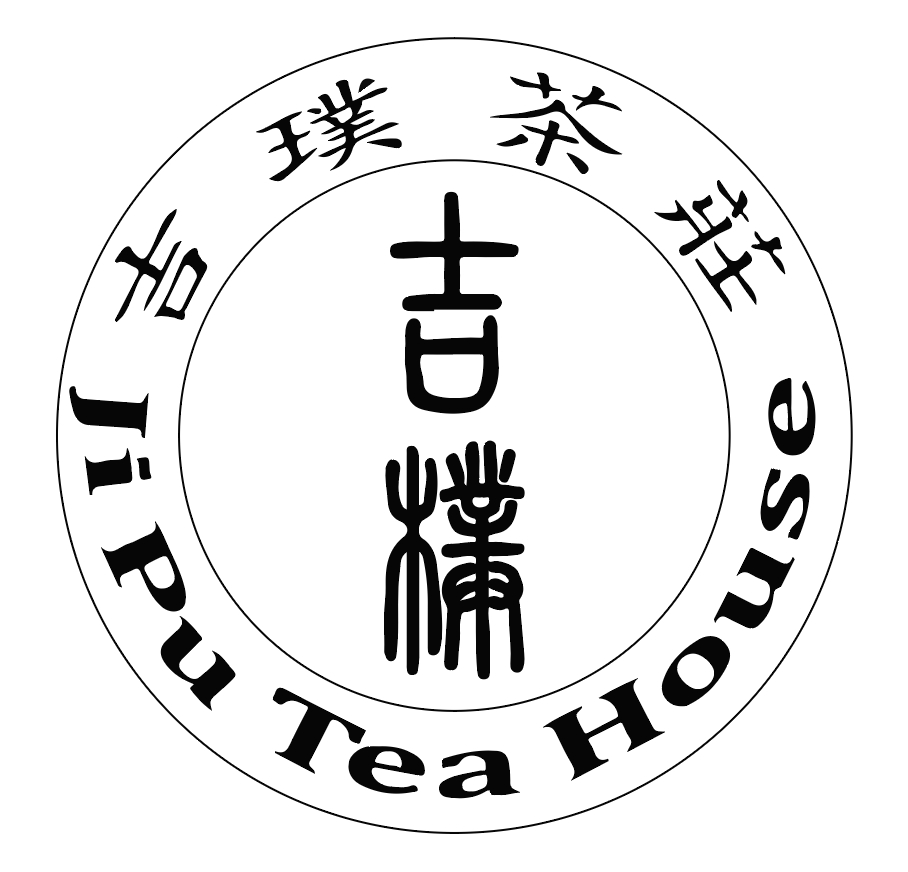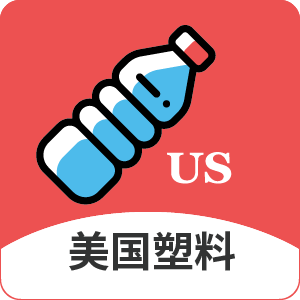DUBLIN, Nov. 3, 2023 /PRNewswire/ -- The "In-Depth Seminar: Today's U.S. Electric Power Industry, Renewable Energy, ISO Markets, and Power Transactions" training has been added to ResearchAndMarkets.com's offering.
If you're seeking a comprehensive understanding of the U.S. electric power industry, including the intricacies of power transactions, this extensive seminar is tailored for you. This program offers a thorough and lucid overview of the U.S. electric power industry's structure, operations, and its current status.
It covers a wide range of industry topics, including ISO day-ahead energy auctions, and provides detailed insights into the mechanics of physical and financial (virtual) power transactions, power purchase agreements (PPAs), tolling agreements, and heat rate deals.
This seminar adopts a step-by-step approach to dissect each facet of this intricate industry, ensuring that you gain a holistic understanding of its functioning. By the end of the seminar, you'll have a clear comprehension of how all these components interconnect.
This seminar is valuable for a diverse audience, including energy and electric power executives, legal professionals, government regulators, traders, marketing, sales, procurement, and risk management personnel, accountants, auditors, plant operators, engineers, and corporate planners.
It attracts participants from various sectors, such as energy producers, utilities, financial institutions, industrial companies, consulting firms, municipal utilities, government regulatory bodies, and electric generators.
Key Topics Covered:
DAY ONE
- The properties and terminology of electricity - current, power, var, voltage, etc (pre-seminar reading material)
- The electric service system, and how it works
- The structure and function of the North American power grids.
- How control areas and balancing authorities function to "keep the lights on."
- The pros, cons, and levelized costs of different types of electric generation
- Fundamentals of utility cost-of-service regulation, open access markets
- Why utilities sometimes resist renewable energy, distributed energy resource(DER"), rooftop solar, and conservation projects.
- The various industry participants are and what their roles are.
- Federal vs state regulatory conflicts, and why restructuring today's power industry and the building new power lines is such a complicated task.
- The difference between regulated and merchant high voltage power lines, and what FERC market-based transmission rates are.
- The structure and functions of ISOs, RTOs, the Western Energy Imbalance Market ("WEIM"), and the new Southeast Energy Exchange Market ("SEEM").
- How ISO day-ahead energy auctions work, and how they add value to the power industry
- What locational marginal pricing (LMP) is, and why LMP is used
- What demand response ("DR"),distributed energy resources ("DER"), and battery energy storage systems ("BESS") are, and how these resources can be aggregated to form virtual power plants.
- The challenges and opportunities facing wind energy, solar, batteries, demand response, and DER and other renewables.
- Why understanding generation reserve margin, forward capacity markets, capacity payments, resource adequacy, and California's "FRACMOO" is important.
- A summary of today's key industry issues and where the U. S. electric power industry is headed, including a discussion of the interconnection queues, renewable energy, and the building of new transmission lines.
DAY TWO
- The difference between auctions and bilateral bulk power markets
- Introduction to bilateral energy and electricity markets: Important concepts and terminology
- The difference between brokers, ICE OTC, futures exchanges, market-makers, traders, and power marketers, and how they add value.
- Four different ways to manage price, price spread, and asset development risk.
- The fundamentals of bilateral physical power transactions and important deal-making terminology.
- How power marketers and traders use "seller's choice" to create virtual trading hubs.
- The standard industry contracts used for physical and financial power transactions, how to buy transmission service using OASIS, how to schedule delivery using NERC tags, and how financial "book-outs" work. Includes detailed step-by-step transaction examples.
- Financial power contracts, commodity swaps, CFDs, FTRs. CRRs, and ISO Incs, Decs, and virtual/convergence bidding. Includes examples
- How financial power contracts work in combination with ISO day-ahead energy auctions to create a win/win situation, and why few power marketers or traders ever go to physical delivery within and ISO footprint.
- How power marketing is done within an ISO location, how power can be "transported" virtually, NITS, TAC, UCAP, and ancillary services charges, and how FTRs, CRRs, and swaps can help hedge basis risk. Includes detailed step-by-step transaction examples.
- The different types of heat rates and spark spreads, and why they are important.
- The difference between power purchase agreements ("PPAs") and "Tolling Deals ."Includes detailed Appendix and deal Term Sheet.
- The magic of how heat rate transactions can be used to hedge electricity risk and structure profitable deals. Includes detailed step-by-step transaction examples.
Speakers:
John Adamiak
President
PGS Energy Training
John Adamiak is President and Founder of PGS Energy Training and an expert in energy derivatives and electric power markets. Mr. Adamiak is a well-known and highly effective seminar presenter who has over 20 years experience in the natural gas and electric power industries. His background includes 15 years as a seminar instructor, 9 years of energy transaction experience, and 6 years of strategic planning and venture capital activities. John's academic background includes an M.B.A. degree from Carnegie Mellon University.
About ResearchAndMarkets.com
ResearchAndMarkets.com is the world's leading source for international market research reports and market data. We provide you with the latest data on international and regional markets, key industries, the top companies, new products and the latest trends.
SOURCE Research and Markets
 Pages you might like
Pages you might like




 Today's topic
Today's topic








 Latest information
Latest information
 Follow official account
Follow official account
 Online support
Online support
 鄂ICP备2022017323号
鄂ICP备2022017323号
 鄂公网安备 42018502006493
鄂公网安备 42018502006493
 Launch Exhibition
Launch Exhibition
 Release information
Release information









